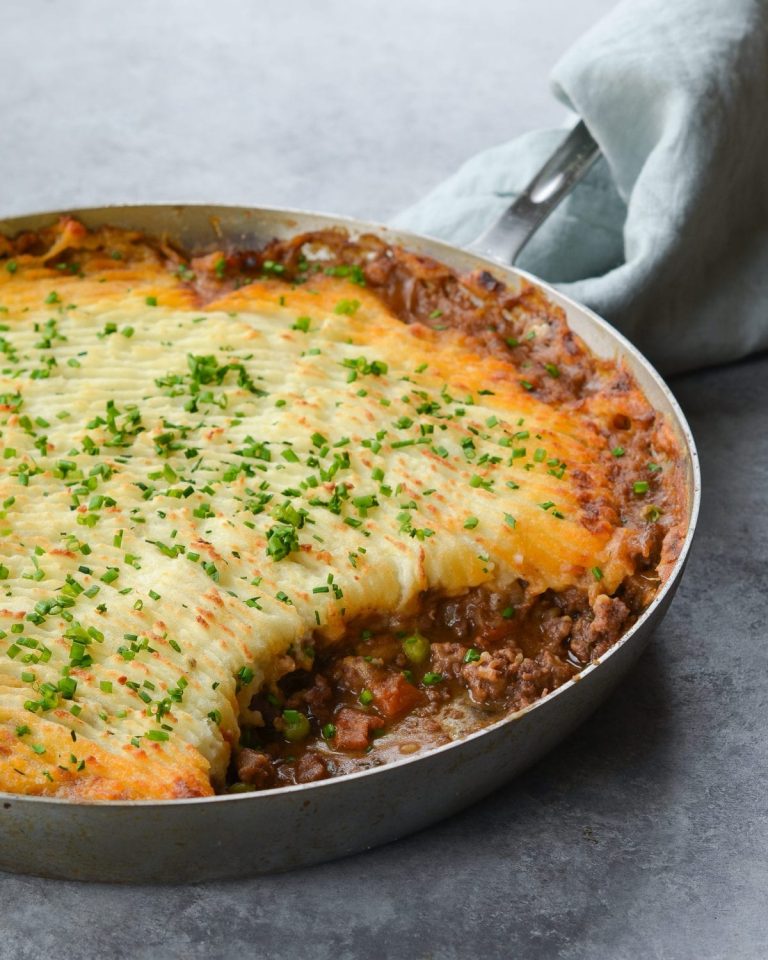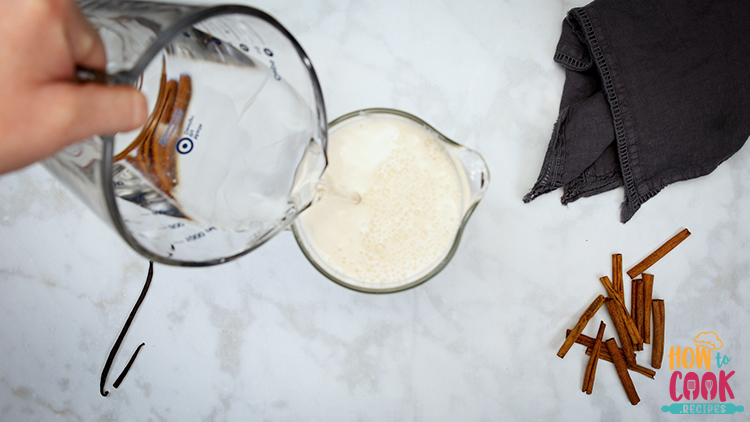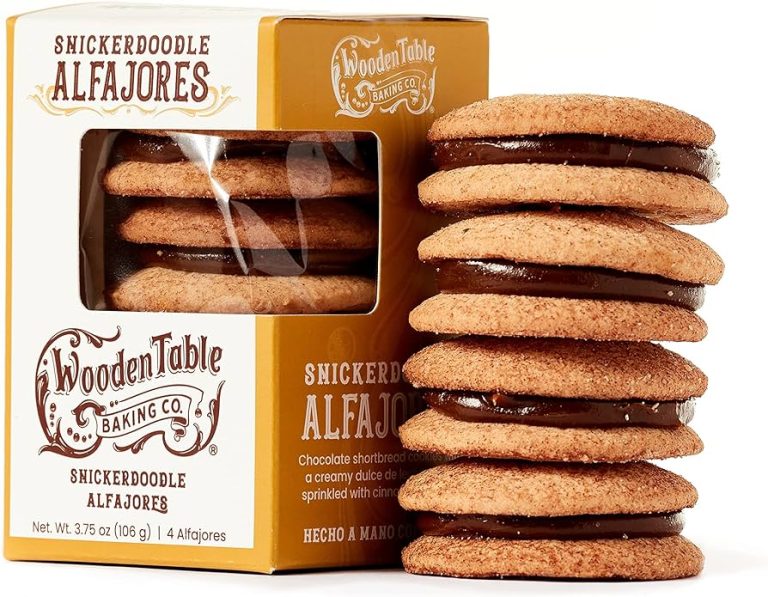Walnut Cookies: Health Benefits, Baking Tips, and Recipe Variations
Walnut cookies offer a unique combination of rich flavor and texture. They provide a buttery taste and a satisfying crunch. The versatility of walnuts lets you incorporate them into both sweet and savory recipes. Walnut cookies can be enjoyed as a midday snack, a special treat for gatherings, or even as a thoughtful homemade gift.
Their ease of preparation makes walnut cookies accessible to everyone. Even if you’re a beginner in baking, you can achieve delicious results without complicated techniques or ingredients. Adding walnuts to cookies not only enhances the flavor but also introduces a nutritional element, making each bite both enjoyable and beneficial.
Health Benefits of Walnuts in Baking
Walnuts are packed with essential nutrients that can contribute to a healthier diet. They provide a good source of omega-3 fatty acids, which support heart health. Additionally, walnuts contain antioxidants that help combat inflammation and oxidative stress.
Incorporating walnuts into cookies ensures that you’re not just enjoying a treat but also reaping health benefits. A single ounce of walnuts contains 4 grams of protein, 2 grams of fiber, and essential vitamins and minerals like magnesium, phosphorus, and manganese. Using walnuts in baking can be a simple way to add these valuable nutrients to your diet.
Key Ingredients in Walnut Cookies
Necessity of Quality Walnuts
Walnuts serve as the primary ingredient in walnut cookies. Quality matters, as fresh walnuts provide a richer flavor and crunch. Look for walnuts with a uniform color and shape, avoiding any that look shriveled or have dark spots. Remove any shells or fragments to avoid affecting the texture of your cookies. Using high-quality walnuts ensures that the cookies have an optimal taste and texture, making the overall baking experience more enjoyable.
Additional Flavor Enhancers
Enhancing the flavor of walnut cookies involves using complementary ingredients. Vanilla extract adds a subtle sweetness that balances the earthy walnut flavor. Brown sugar deepens the cookie’s richness and contributes to a chewy texture. A pinch of sea salt contrasts the sweet elements, highlighting the walnut’s natural flavors. For an extra burst of taste, consider adding a dash of cinnamon or nutmeg, which pairs well with walnuts and elevates the cookie’s profile. Chocolate chips or dried fruits like cranberries can also complement the walnut’s robust flavor.
Optimizing these key ingredients ensures your walnut cookies stand out, providing a delightful balance of flavors and textures.
Baking Perfect Walnut Cookies
Choosing the Right Oven Temperature
Selecting the correct oven temperature is crucial for walnut cookies. Preheat the oven to 350°F (175°C) to ensure thorough and even baking. Consistency in heat allows the cookies to bake evenly, leading to a crispy exterior and a chewy center. Avoid higher temperatures as they can cause the cookies to brown too quickly, risking undercooked centers. Use an oven thermometer to verify the accuracy of your oven’s temperature, as many ovens can vary in heat levels.
Timing is Everything
Time management is key when baking walnut cookies. Aim for a baking time of 10 to 12 minutes. Monitor the cookies closely during the last few minutes to prevent overbaking, which can make them too hard. Look for golden edges and slightly soft centers as visual cues for readiness. Let the cookies cool on the baking sheet for about 5 minutes before transferring them to a wire rack. This cooling process helps them set properly and achieve the ideal texture.
Variations of Walnut Cookie Recipes
Gluten-Free Walnut Cookies
You can create gluten-free walnut cookies by substituting traditional flour with gluten-free alternatives. Common choices include almond flour, coconut flour, and a gluten-free all-purpose flour blend. Almond flour adds a subtly sweet flavor and moist texture to your cookies. Coconut flour is more absorbent, so use it sparingly, usually one-fourth of the amount of regular flour. Ensure your baking powder and any other added ingredients are certified gluten-free to maintain the integrity of your gluten-free recipe. For instance, using unsweetened applesauce or mashed bananas can enhance moisture and sweetness without compromising the gluten-free quality.
Vegan Walnut Cookie Options
Vegan walnut cookies require plant-based substitutions for common ingredients like butter and eggs. Replace butter with vegan margarine or coconut oil—both work well in maintaining the cookie’s texture. For eggs, use flaxseed meal or chia seeds mixed with water; typically, one tablespoon of flaxseed meal mixed with three tablespoons of water equals one egg. You can also use mashed bananas or unsweetened applesauce as egg substitutes to add extra flavor and moisture. Be sure to use dairy-free chocolate chips or carob chips if you’re adding mix-ins, making your vegan walnut cookies fully compliant with a vegan diet.
Conclusion
Walnut cookies offer a delicious blend of taste and nutrition that’s hard to resist. By using high-quality ingredients and following the right baking techniques, you can create perfect walnut cookies every time. Whether you’re exploring gluten-free options or vegan alternatives, there’s a recipe variation to suit every dietary need. Enjoy experimenting with flavors and ingredients to make these cookies uniquely yours. Your kitchen is now ready to serve up some delightful walnut cookies that everyone will love.






